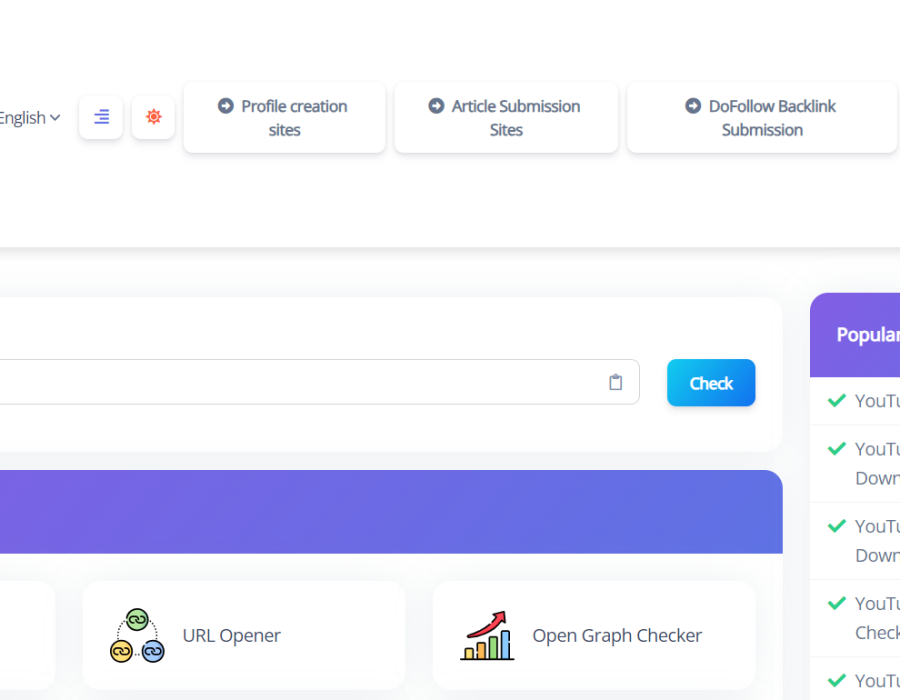What is Keyword Density?
Keyword density refers to the percentage of times a keyword or phrase appears on a webpage compared to the total number of words on that page. It is a fundamental aspect of on-page SEO and is used by search engines to determine the relevance of a webpage to a particular search query.
Importance of Keyword Density in SEO
Keyword density serves as a vital metric for search engines to understand the content and context of a webpage. By optimizing keyword density, you can effectively communicate the topic of your page to search engine algorithms, thereby increasing the likelihood of your website appearing in relevant search results.
Utilizing Keyword Density Checker Tools
In the ever-evolving landscape of SEO, leveraging keyword density checker tools is indispensable for staying ahead of the competition. These tools provide invaluable insights into the keyword distribution across your webpage, allowing you to fine-tune your content for maximum impact.
Features of a Reliable Keyword Density Checker
- Accurate Analysis: A reliable keyword density checker should accurately analyze the keyword distribution on your webpage, providing precise data to inform your optimization efforts.
- User-Friendly Interface: The tool should offer a user-friendly interface, making it easy for users to input their website URL or content and receive actionable insights.
- Comprehensive Reports: It should generate comprehensive reports highlighting keyword usage, density percentages, and suggestions for improvement.
- Customization Options: Advanced features such as customizable keyword lists and exclusion parameters enhance the flexibility and effectiveness of the tool.
Optimizing Keyword Density for SEO Success
Achieving the optimal keyword density involves striking the right balance between keyword inclusion and natural, reader-friendly content. Here are some best practices to guide your optimization efforts:
- Keyword Research: Conduct thorough keyword research to identify relevant terms and phrases that align with your target audience's search intent.
- Strategic Placement: Integrate keywords strategically throughout your content, including in titles, headings, meta tags, and body text, while ensuring a seamless flow and readability.
- Avoid Keyword Stuffing: Resist the temptation to overuse keywords, as this can result in a poor user experience and potential penalties from search engines.
- Diversify Anchor Text: Instead of solely focusing on exact-match keywords, diversify your anchor text with variations and synonyms to maintain a natural keyword profile.
- Monitor and Adapt: Regularly monitor your keyword density using reliable keyword density checker tools and adapt your strategy based on performance metrics and algorithm updates.





Comments